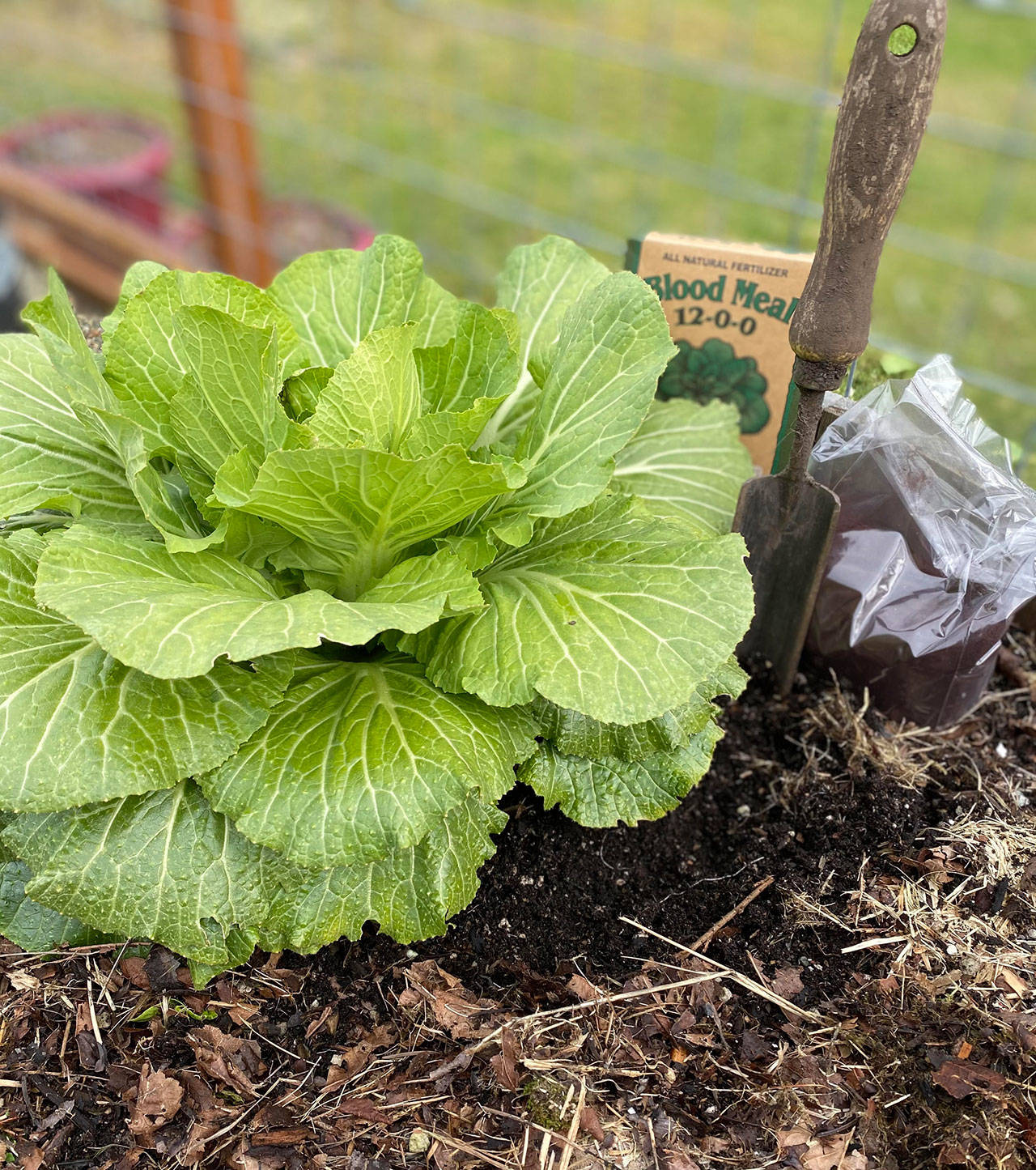Plants need many different nutrients to grow normally. They get some of these nutrients from the air and water; they get most from the soil.
Three nutrients that plants get from the soil — nitrogen, phosphorus and potassium — are needed in relatively large quantities. As a result, these nutrients, often called the primary nutrients, are at the heart of most plant fertilizers.
Fertilizers by the numbers
Every commercial fertilizer is labeled with three numbers that indicate the percentage of total fertilizer weight represented by the three primary nutrients. The percentage of nitrogen (N) by weight is always the first number, followed by phosphorus (P) and then potassium (K). (The K is for kalium, the Latin word for potassium.)
The three numbers together are called the nitrogen-phosphorus-potassium (or N-P-K) ratio.
Nitrogen (N) supports leafy vegetative growth. Phosphorus (P) aids healthy root growth along with flower and seed development. While an essential nutrient, phosphorus is usually found in abundance in the native soils of the Olympic Peninsula. Potassium (K) is important for the overall health and disease resistance of a plant.
If the numbers on a bag of fertilizer are 5-10-10, then by weight, 5 percent is nitrogen, 10 percent is phosphorus and 10 percent is potassium. But what is the remaining 75 percent of the bag by weight? It is “inert ingredients” which make the fertilizer easier to distribute. “Inert ingredients” vary by manufacturer, and are usually sand or other materials that have no nutritional value for plants.
Chemical vs. organic fertilizers
What is the difference between “chemical” fertilizers (sometimes called “processed”) and “organic” fertilizers? Chemical fertilizers are manufactured or extracted from natural materials that often undergo extensive processing. The nitrogen in chemical fertilizers is derived from petroleum and natural gas. The phosphorus is derived from rock and undergoes treatment with sulfuric acid. Most potassium is mined from underground deposits of soluble minerals.
Organic fertilizers are natural materials that undergo little to no processing. Organic sources of nitrogen include animal manures, blood meal, fish meal and alfalfa meal. Phosphorus can be found in bone meal and rock phosphate while potassium can be found in greens and and kelp meal. Organic fertilizer producers may use a combination of these materials to give a balanced product.
Chemical fertilizers are highly concentrated. When applied to plants, they give the plant a big shot of pure nutrient; they do not provide organic matter. Conversely, organic fertilizers break down slowly, giving plants a smaller dose of nutrients over a longer period of time. They also “feed” the soil because they contain a lot of organic matter which is broken down by beneficial soil organisms, increasing their number and diversity.
Smart use of fertilizers
A soil test is recommended, every two to three years to inform understand your fertilization needs (see sidebar).
Time fertilizer use with your plant’s life cycle: when it needs particular nutrients. For instance, apply higher amounts of nitrogen (N) just prior to and during periods of rapid growth, when plants need it most.
Avoid applying nitrogen during fruit development or late in the growing season when plants cannot use it efficiently and winter rains will just leach it from the soil.
Because chemical fertilizers do not contain organic matter, using chemical fertilizers as the only source of plant nutrients can be detrimental to the health of the soil and the beneficial organisms that live in the soil. When using chemical fertilizers, also apply compost to “feed” the soil those beneficial organisms.
Do not use manure as the only source of nitrogen in a garden because manures are usually high in phosphorus relative to nitrogen. Application of sufficient manure to meet your garden’s nitrogen needs can result in excess phosphorus in the soil. Excess phosphorus can harm your plants and move into surface water, harming water quality and aquatic organisms.
Understanding fertilizers will help you use them wisely. For more information on the use of fertilizers, check out “A Home Gardener’s Guide to Soils and Fertilizers,” available online at WSU Publications: pubs.extension.wsu.edu.
Judy English and Jeanette Stehr-Green are WSU-certified Clallam County Master Gardeners.


